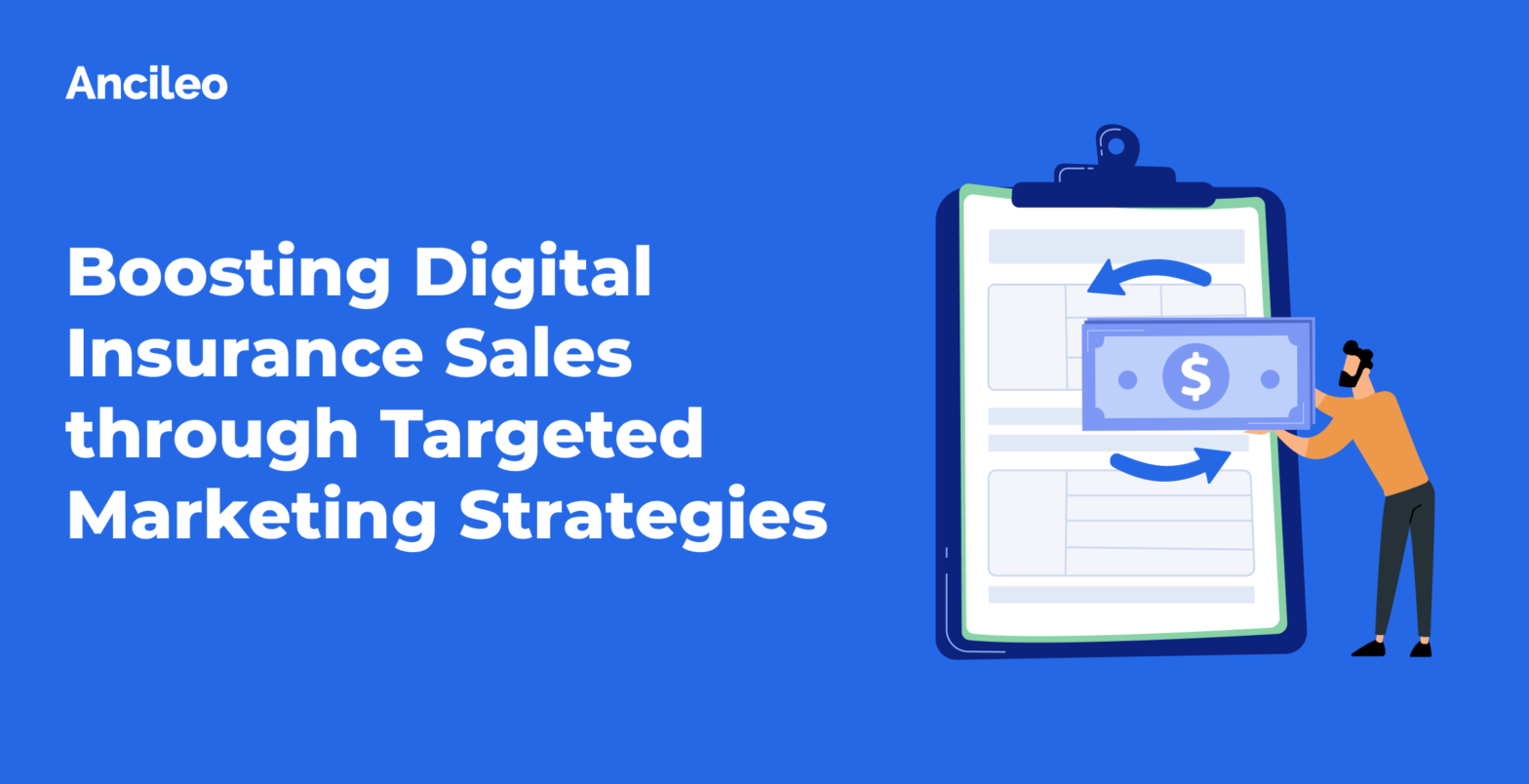
As the insurance industry progresses, digital channels are becoming a vital tool for insurers to reach and serve their customers. However, simply having a digital distribution channel is not enough to ensure success – as it’s crucial to effectively market these channels in order to drive engagement and conversions. In this article, we’ll explore key strategies for marketing digital insurance distribution channels and maximizing their potential.
The first step in effectively marketing digital insurance distribution channels is to have a deep understanding of your target audience. This includes identifying their needs, pain points, and preferences. For example, if you’re targeting younger generations, you may want to focus on mobile-friendly options and social media marketing. Understanding your audience will also help you to select the appropriate channels to reach them, whether it be through a B2B2C distribution model or an insurtech partnership.
One of the most effective ways to market digital insurance distribution channels is through the use of compelling content. This includes creating informative blog posts, educational videos, and engaging social media posts. This type of content should be designed to educate and inform your target audience, and provide them with valuable information about your products and services. Additionally, it’s important to optimize your content for search engines by including relevant keywords and phrases, such as “digital insurance partnership” and “B2B2C insurance distribution”
Another effective strategy for marketing digital insurance distribution channels is through the use of paid advertising. This includes options such as Google AdWords, social media advertising, and display advertising. By targeting your ads to your specific audience, you can increase your reach and visibility. It’s important to regularly monitor and adjust your advertising campaigns to ensure they are performing effectively and reaching the intended audience.
Partnering with other organizations in the insurance and travel industries can also be a powerful marketing strategy. For example, forming a B2B2C partnership with an airline or travel company can help you reach a wider audience and increase conversions. Additionally, teaming up with insurtech startups can help you to remain progressive in the industry and offer your customers innovative products and services.
To ensure the success of your marketing initiatives, it is critical to track and assess performance metrics on a regular basis. Examples include website visits, conversion rates, and customer interaction levels. By regularly monitoring these metrics, you can make data-driven decisions and optimize your marketing strategy to achieve better results.
In conclusion, effectively marketing digital insurance distribution channels is crucial for insurers looking to drive engagement and conversions. By understanding your audience, creating compelling content, utilizing paid advertising, building partnerships and collaborations, and measuring and analyzing results, insurers can unlock the full potential of digital distribution channels and succeed in the digital age.
References:
Accenture. (2020). Digital insurance distribution. Retrieved from https://www.accenture.com/us-en/insights/insurance/digital-insurance-distribution
PwC. (n.d.). Insurtech: Disrupting insurance. Retrieved from https://www.pwc.com/gx/en/industries/financial-services/insights/insurtech-disrupting-insurance.html